japanese pagoda tree problems
If you would like more pagoda tree information click on this article. Weak wooded and susceptible to storm damage.

Amazon Com Sophora Japonica Japanese Pagoda Tree Seeds Tree Plants Patio Lawn Garden
It usually is not a problem on larger trees.
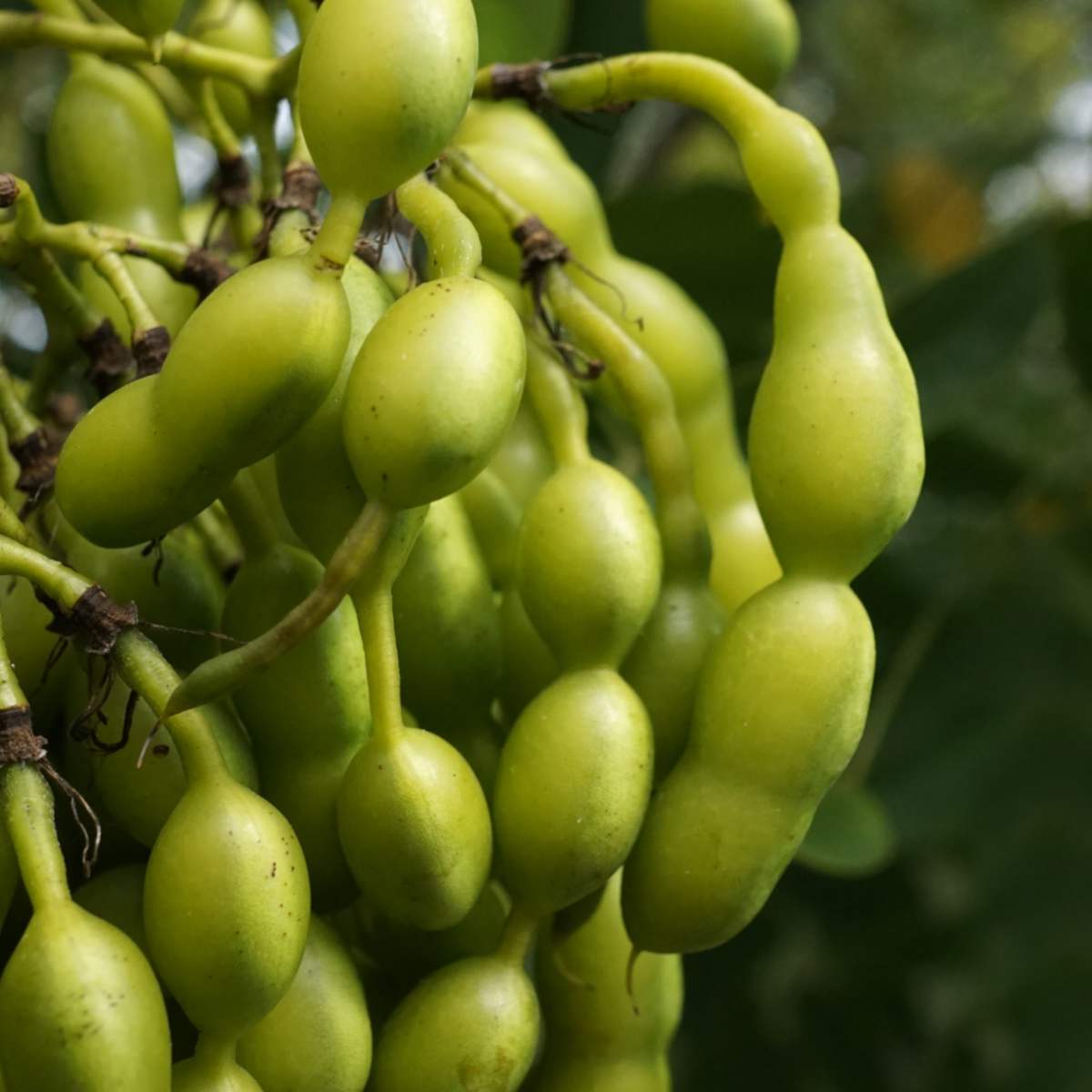
. The Japanese pagoda tree is often called the Chinese scholar tree. The Japanese pagoda tree Sophora japonica or Styphnolobium japonicum is a showy little shade tree. General Lawn Care.
Gilman and Dennis G. Why Is Pagoda. Tolerates drought Native range.
It seems to be huge and very open branches and beautiful. Twig blight verticillium wilt canker powdery mildew and rust may occur. It offers frothy flowers when in season and fascinating and attractive pods.
Canker diseases twig blight and potato leafhoppers are of concern. Young Weeping Scholar Tree. Problems of Pagoda Tree.
And marginal hardiness in zone 6 and lower which can cause dieback. Clay loam sandy soils. During the growing season of Japanese Pagoda trees sprinkled a little granulated manure around the pot soil and then watered it.
What Is Sophora Japonica Learn About Japanese Pagoda Tree Care. No serious insect or disease problems. Potential for numerous diseases and pests including trunkbranch canker and potato leafhopper feeding that results later in witches brooms.
Styphnolobium japonicum. Special Precautions and Warnings. The seeds might cause serious side effects.
Millstone Japanese pagoda tree Styphnolobium japonicum Halka. The yellowish white flowers about 1 cm 04 inch in length grow in loose showy clusters 3035 cm 1214 inches long. The following questions were asked by visitors who viewed this page.
The fruit is a narrow inedible pod. I just looked through an old tree book I have showing a mature Japanese pagoda tree. Also known as the green osier alternate leaf dogwood and.
List of pests diseases and tolerances. Watson2 INTRODUCTION Weeping Pagoda Tree will grow to a height and spread of about 20 feet forming a fine-textured weeping round canopy even as a young tree Fig. The pagoda tree is not affected by any serious pests.
This seems more appropriate despite the Japanese reference in its scientific names since the tree. Check out this photo archive of Japanese pagoda trees for some beautiful pictures. Species form is slow to flower as a young tree in the northern areas of its range.
Japonica will look nicest in large gardens and parks. The leaves are imparipinnate and the flowers are white. Japanese pagoda trees grow at a moderate rate and should be topped in time to promote branching during seedling growth.
Watch for leaf hoppers. The Japanese pagoda tree has few known pests but one is the potato leafhopper which kills young stems causing profuse branching or witches broom on small branches. A naturally resistant tree Styphnolobium japonica isnt very vulnerable to either pests nor diseases.
Watch for leaf hoppers. This smaller cultivar is 45 feet high by 35 feet wide with a rounded to. When siting a Japanese pagoda tree keep in mind that the plants litter -- both the falling petals and pods -- can be somewhat messy if planted near a house driveway or path.
Trees do best in areas with full sun or partial shade and moderate amounts of water. 50 - 70 Site characteristics. Princeton Upright upright.
6 rows Hemorrhagic hemorrhoids metrorrhagia hypertension poor peripheral circulation ophthalmia. The growth of Japanese Pagoda trees requires adequate nutrients. Twig blight verticillium wilt canker powdery mildew and rust may occur.
Attractive cream-colored flowers in late July. 5b - 9a Wetdry. The seeds might cause serious side effects including facial swelling or death.
12 rows The Japanese pagoda tree has outstanding ornamental value can be grown in a wide variety of. Before planting soak them for a few hours in a glass of water. Pest and disease problems leafhopper canker.
The Japanese pagoda tree is often grown as a shade tree in lawns or on patios however flowers and seedpods often leave stains on pavement. No serious insect or disease problems. The Japanese Pagoda tree may be attacked by a few insects or diseases but none should be serious.
The highlight of this variety is the weeping nature as it tends not to flower and fruit like the standard species. Multiply your pagoda tree by sowing its seeds in pots in a cold frame. Regent rapid growth profuse.
But pagoda tree seeds are possibly unsafe for most people. It has a rapid growth rate and tolerates polluted city conditions heat and drought. It does tend to have weak wood and brittle stems which may result in storm damage with age.
The Japanese pagoda tree is often called the Chinese scholar tree. The tree likes Sun to slight shade at the location and the soil should be sandy to loamy. 50 - 82 Other.
Weak wood and brittle stems often resulting in storm damage with age. This seems more appropriate since the tree is native to China and not Japan. Weeping Scholar Tree1 Edward F.
Japanese pagoda tree problems Saturday March 12 2022 Edit. The Japanese pagoda tree grows 1223 metres about 4075 feet tall and features alternate compound leaves with 7 to 17 leaflets. So it is considered essentially pest free.
Though a member of the Fabaceae the pagoda tree does not fix atmospheric nitrogen through symbiosis with rhizobia bacteria. A majestic tree S. The Pagoda Tree is botanically called Styphnolobium japonicum.
This particular tree is one of three planted on the St. The Tree is a deciduous tree it will be up to 20 m 66 ft high. The seeds of the pagoda tree are POSSIBLY UNSAFE for most people when taken by mouth.
I have observed the canker and. Paul Campus and is part of the butterfly garden south of Green Hall.
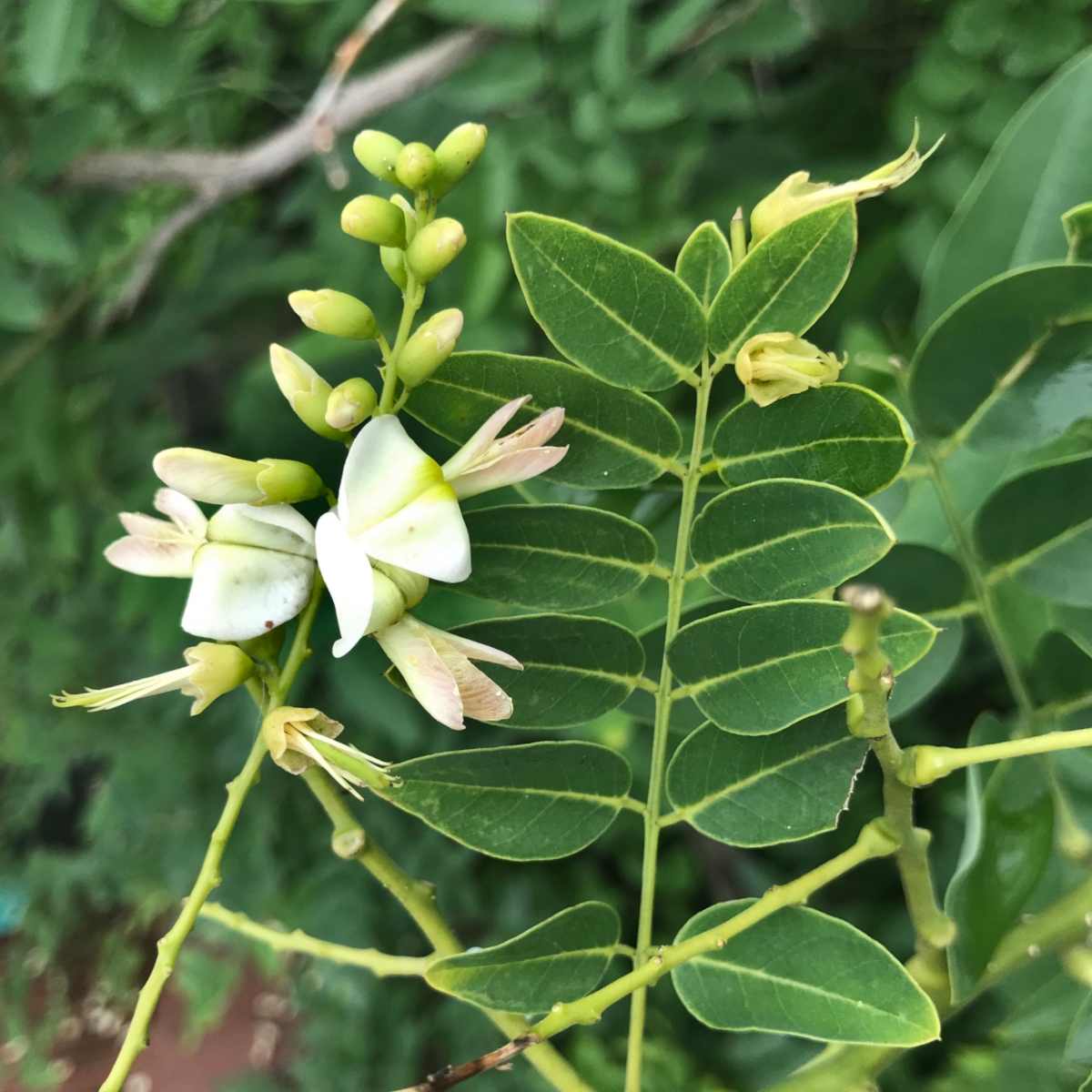
Japanese Pagoda Tree An Elegant And Airy Slow Growing Giant For Parks

Pin By Danica Newell On Plant Life Japanese Pagoda Tree Seeds Tree

Japanese Pagoda Tree An Elegant And Airy Slow Growing Giant For Parks
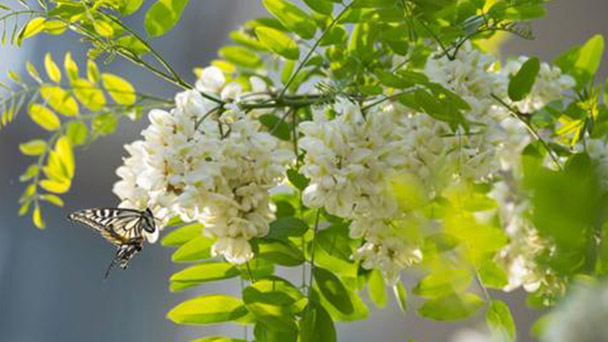
How To Grow And Care For Japanese Pagoda Tree Rayagarden
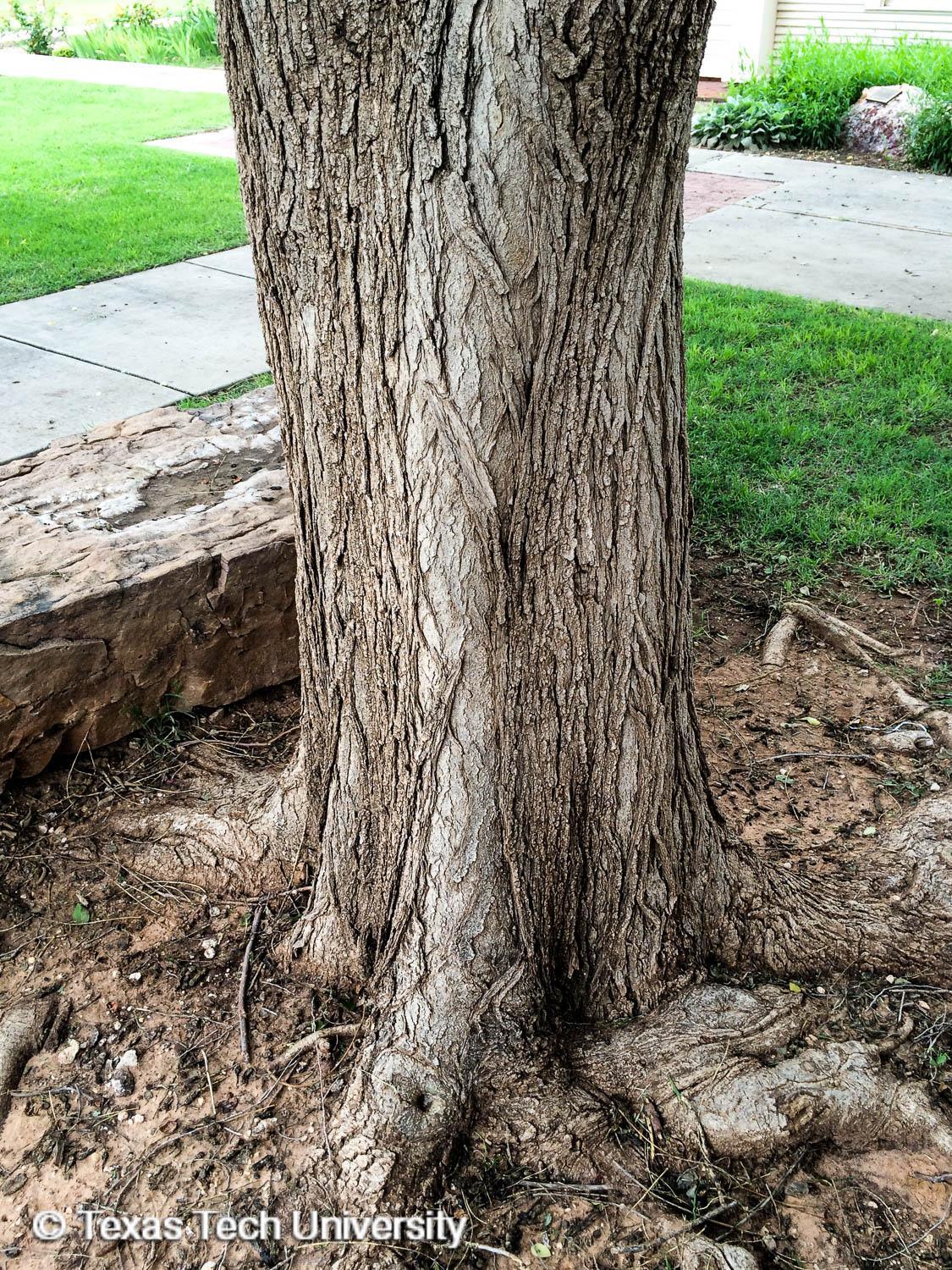
Japanese Pagoda Tree Plant Resources Home Ttu

What Is Sophora Japonica Learn About Japanese Pagoda Tree Care

Japanese Pagoda Tree Chinese Scholar Tree Styphnolobium Japonicum Southern Living Southern Living
:max_bytes(150000):strip_icc()/japanese-pagoda-tree-care-5186863-04-eea66be4d0454af08c590e51a6e51aca.jpg)
Japanese Pagoda Tree Care And Growing Guide
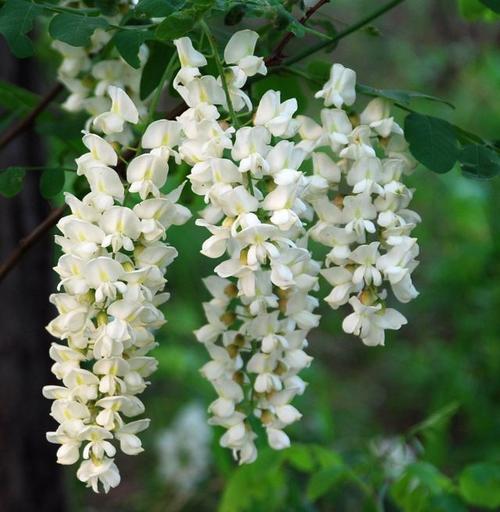
How To Grow And Care For Japanese Pagoda Tree Rayagarden

Try A Japanese Pagoda Tree Rock Bridge Trees Trees For Bees
Japanese Pagoda Tree Becoming Popular In U S Cities What Grows There Hugh Conlon Horticulturalist Professor Lecturer And Gardener
:max_bytes(150000):strip_icc()/japanese-pagoda-tree-care-5186863-06-ea23bcea86d74cdd998d083e1da1f11e.jpg)
Japanese Pagoda Tree Care And Growing Guide
Japanese Pagoda Tree Becoming Popular In U S Cities What Grows There Hugh Conlon Horticulturalist Professor Lecturer And Gardener
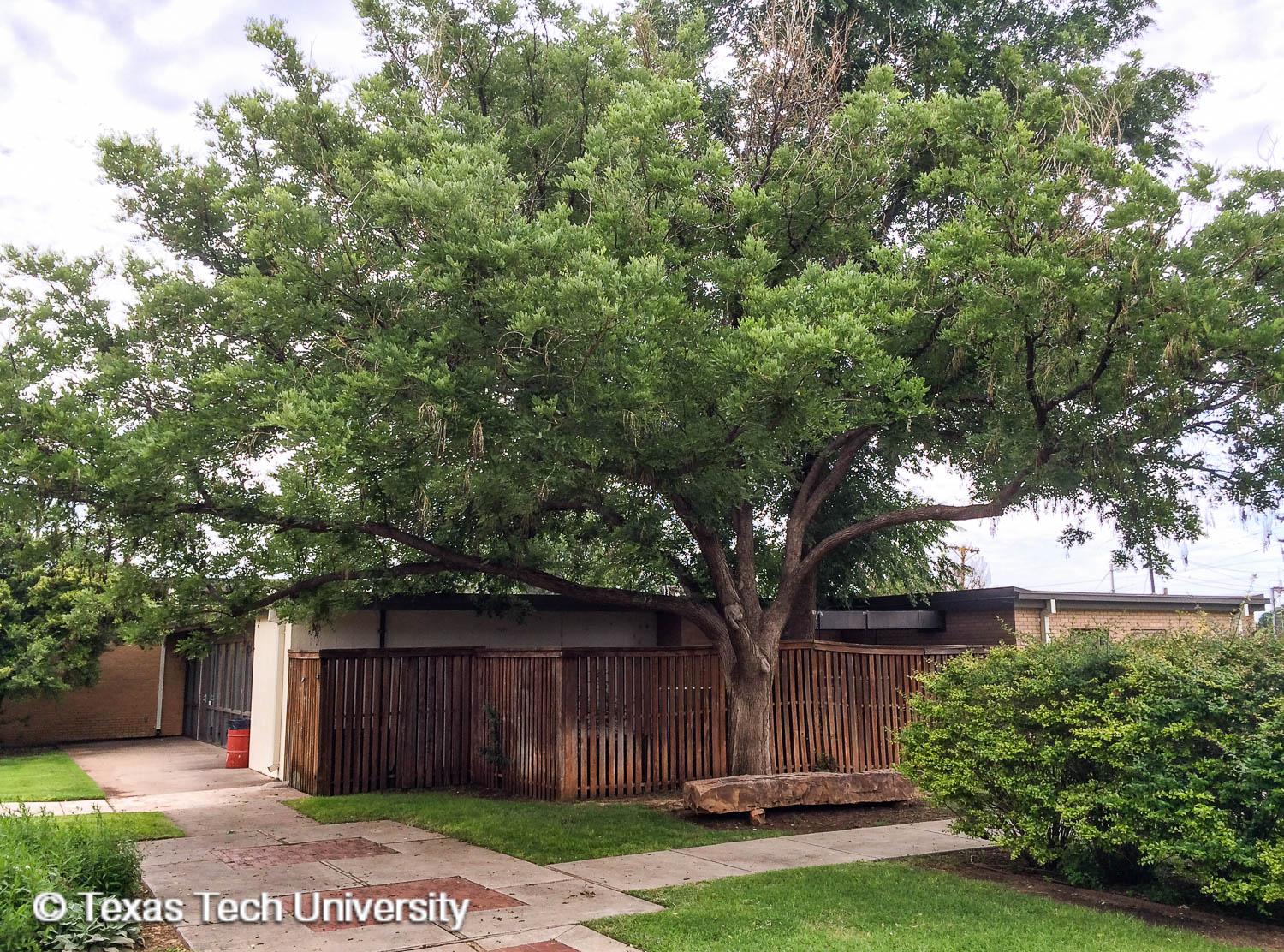
Japanese Pagoda Tree Plant Resources Home Ttu
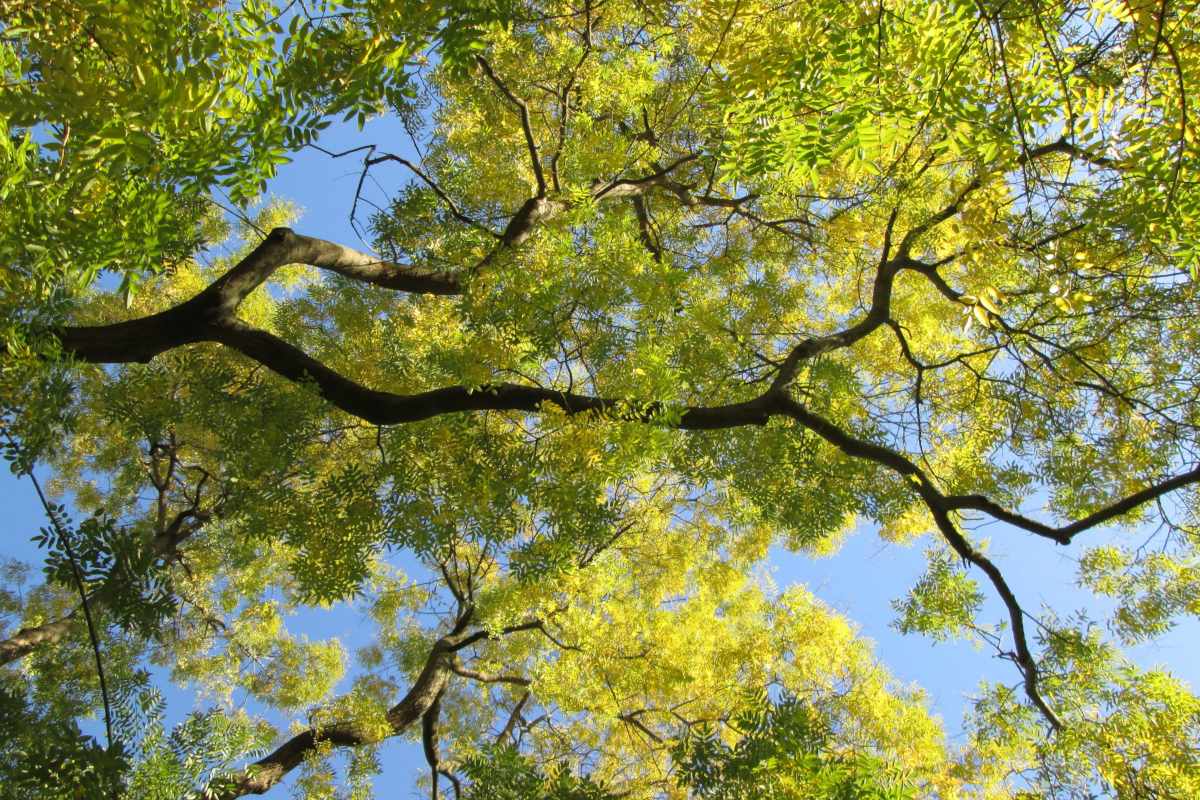
Japanese Pagoda Tree An Elegant And Airy Slow Growing Giant For Parks
/japanese-pagoda-tree-care-5186863-hero-b959bcf0d99349dcaef36a3b9e0cfeb0.jpg)
Japanese Pagoda Tree Care And Growing Guide

:max_bytes(150000):strip_icc()/japanese-pagoda-tree-care-5186863-07-678db2e12f964f979141917e3892ee54.jpg)
:max_bytes(150000):strip_icc()/japanese-pagoda-tree-care-5186863-02-40fc3009a3e544499b255f71c2f98b8a.jpg)